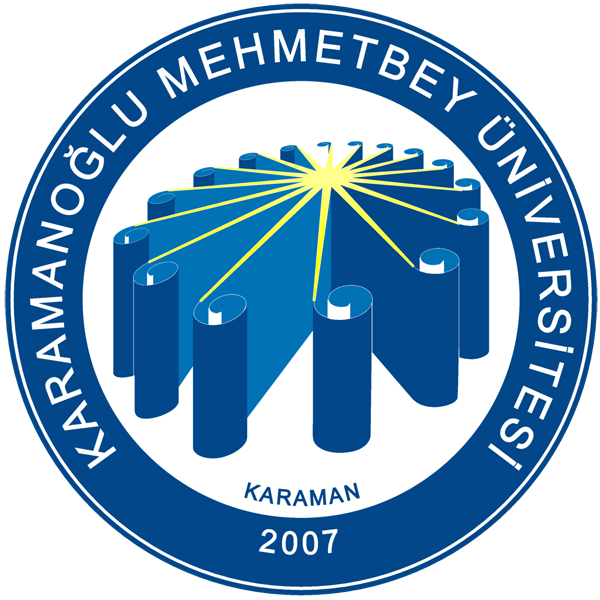Mülkiyet Koruma ve Güvenlik Bölümü (Acil Durum ve Afet Yönetimi Programı)
- Introduction
- Administration
- Departments
- Staff
-
Student
- Curriculum
- Forms
- Diploma / Diploma Supplement
- Course Instructors and Weekly Course Distribution
- Directive on Graduation Certificates
- Associate and Undergraduate Academic Advising Directive
- Vocational Schools Internship Directive
- Directive on Vocational Education in Business Administration for Vocational Schools
- Three Course (Formerly Single Course) Exam
- Course Registration Support
- Course Registration Guide
- Education-Training and Examination Regulation
- Academic Calendar
- Employment
- KMÜ Uzem
- Just and Valid Reasons
- Exam (Midterm, Final and Supplemental Exam) Rules
- Useful Information
- Legislation
- Frequently Asked Questions (FAQ)
- Prospective Student
- Contact Us
